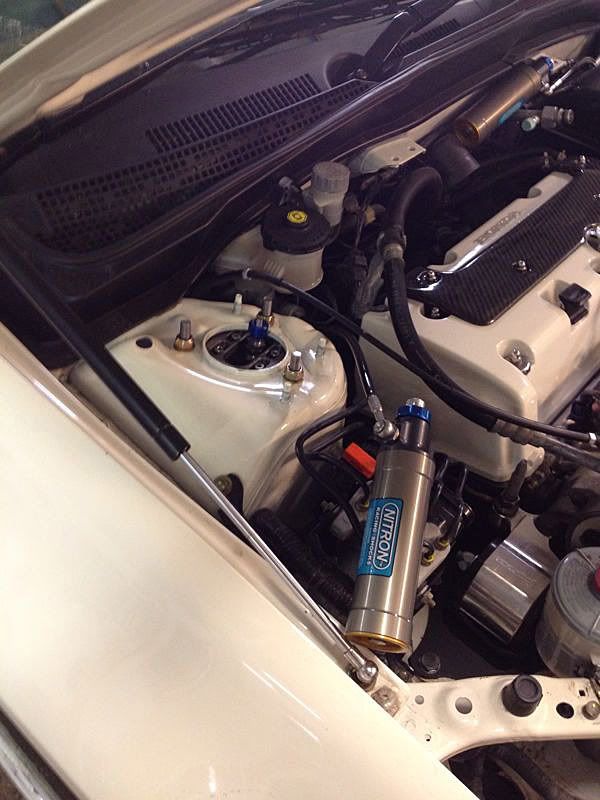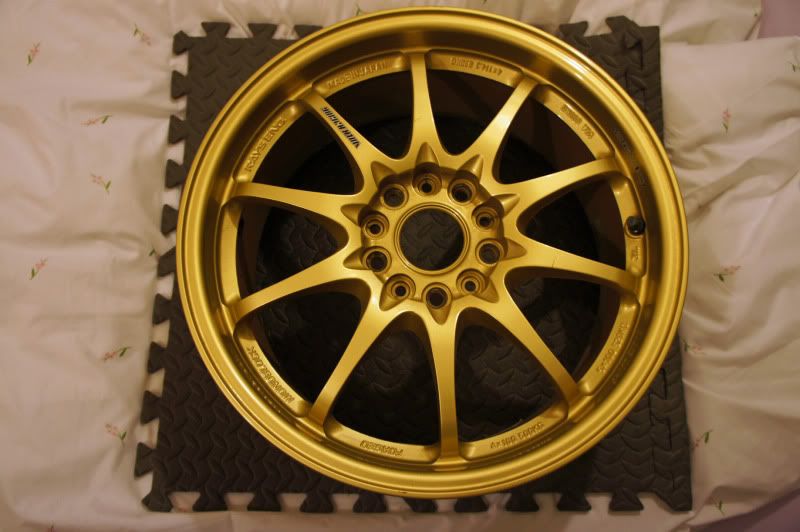- Messages
- 8,536
If they're hub-centric; are these the bolt on spacers 'that bolt to your existing hub' then the wheels mount to the spacer? If so, that's not meant to be the safest way to space (apparently) - especially as you'll be tracking yours. Other thing is, if they're longer replacement studs - which is simply a case of replacing the existing studs for longer ones; this is the safest way apparently
No, above you said that hubcentric adapters/spacers 'aren't the safest way' and said that longer studs are.
I'd dispute that until the cows came home.
The type that bolt to the hub, then the wheel bolting to the spacer are the safest.
Longer studs would then require a 'bolt-thru' type spacer. Far from safe IMHO





